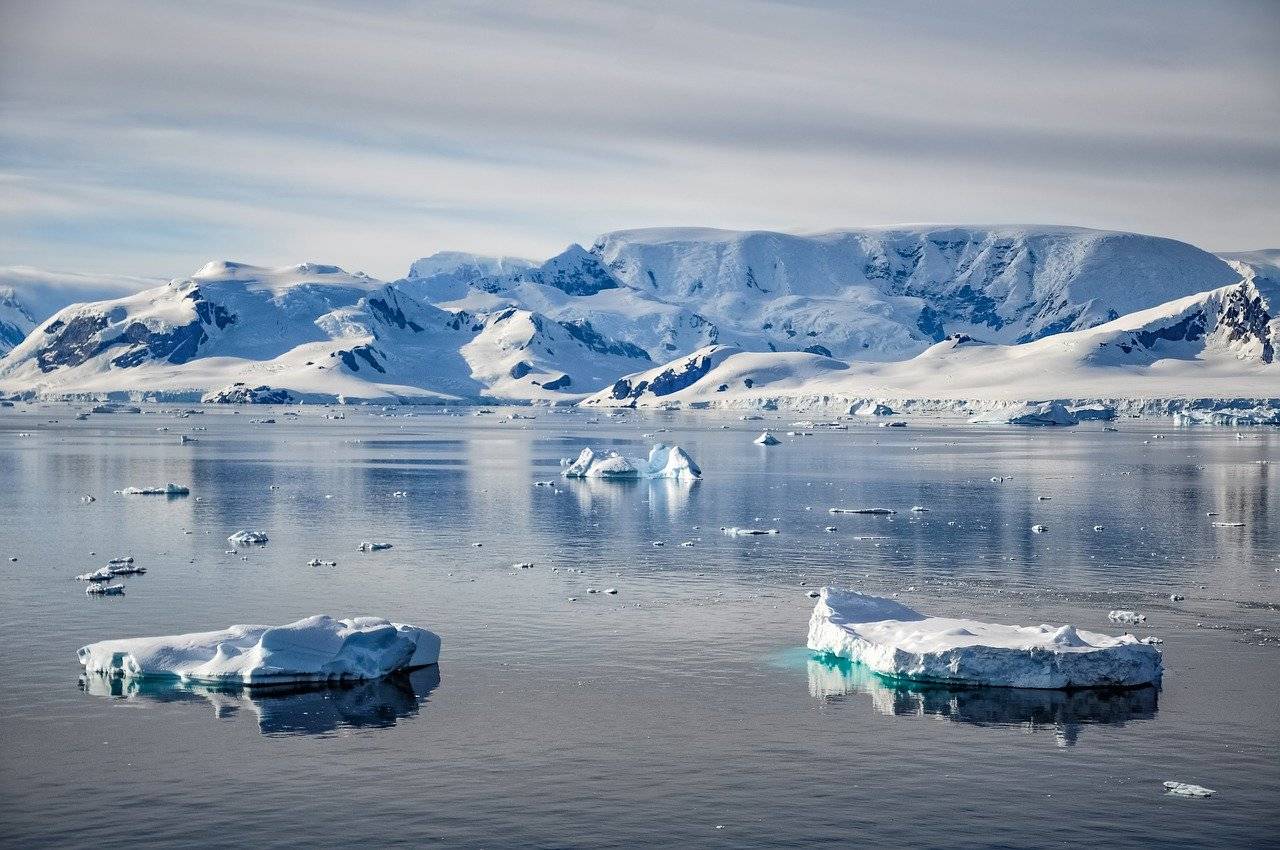
A recent study, published on May 20, 2024, shows that last year Antarctic Sea ice experienced a dramatic reduction, reaching historically low levels with over 2 million square kilometers less ice than usual during winter. This area is approximately ten times the size of the UK, marking a significant deviation from the steady growth of sea ice observed up to 2015. This sudden decline has puzzled scientists, prompting an in-depth investigation by researchers at the British Antarctic Survey (BAS) using a comprehensive climate dataset known as CMIP6.
The BAS team analyzed data from 18 different climate models to understand the probability of such an extreme reduction in sea ice and its possible connections to climate change. Their findings indicate that while the 2023 sea ice low was influenced by climate change, it remains an exceptionally rare event according to the models. The analysis showed that without climate change, the record-breaking minimum sea ice extent would be expected only once in 2,000 years. This underscores the extremity of the event, as occurrences with a probability of less than one in 100 are deemed exceptionally unlikely.
After further examination, it was found that intense climate change, marked by the current temperature fluctuations and those expected with ongoing high emissions, is four times more likely to cause significant sea ice decline. This indicates that climate change had a crucial impact on the low sea ice levels observed in 2023.
The researchers also explored the potential for sea ice recovery using the models. They found that after such an extreme loss, not all sea ice around Antarctica is likely to recover even after two decades. This aligns with observational evidence suggesting that the recent years' low sea ice might indicate a lasting regime shift in the Southern Ocean. Such a prolonged reduction in sea ice would have profound impacts on local and global weather, as well as on unique ecosystems in the Southern Ocean, including species like whales and penguins.
Antarctic sea ice plays a crucial role in the global climate system. It acts as an engine for ocean currents, influences weather patterns, and protects ice shelves from wave damage, thereby mitigating Antarctica’s contribution to sea level rise. Furthermore, sea ice is essential for marine life, with scientists observing catastrophic breeding failures of emperor penguin colonies due to low sea ice in recent years.
Satellite records, which began in late 1978, show that Antarctic Sea ice increased slightly and steadily until 2015. However, 2017 saw a record low in Antarctic Sea ice, followed by several years of relatively low extent. Understanding the reasons behind the 2023 record-breaking year is complex due to various interacting factors. Recent studies have emphasized the role of ocean processes, subsurface heat, and warm sea surface temperatures observed in early 2023. Additionally, significant variations in north-to-south winds and storm systems also contributed to the decline.
Studies like this one are vital to understanding the likelihood of rapid sea ice losses and predicting whether sea ice levels will remain low in the coming decades. This knowledge is essential for preparing for and mitigating the impacts of such changes on global climate and ecosystems.
















